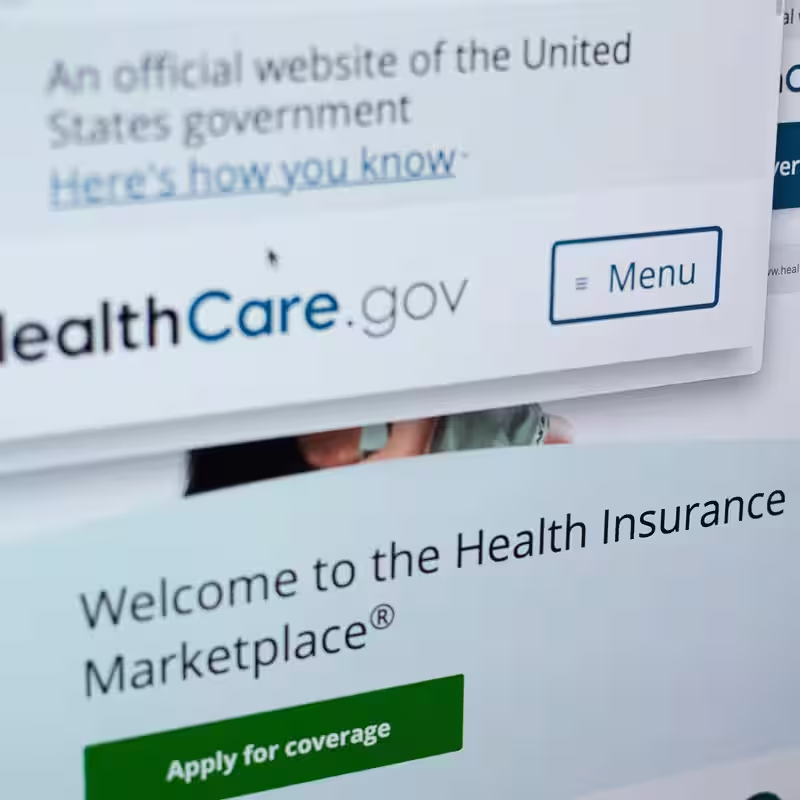If you’ve ever opened your health insurance bill and felt a wave of sticker shock, you’re not alone. The truth is, Obamacare—the colloquial name for the Affordable Care Act (ACA)—is expensive. But here’s the surprising part: so is all health insurance in America. The real difference? Most people never see the full price tag.
Why Obamacare Feels So Expensive
For those shopping on the ACA marketplace in 2025, the numbers are stark. The average monthly premium for a Silver-tier plan—the most popular choice—is around $599 . Bronze plans, which offer lower premiums but higher out-of-pocket costs, average about $495 per month . Even the lowest-cost plans hover around $479 monthly .
However, these figures represent the full cost before subsidies. Millions of Americans qualify for federal tax credits that dramatically lower their monthly payments, sometimes to just a few dollars. This is the key illusion: if you get insurance through your employer, you likely only see your portion of the premium, not the total cost your employer is paying on your behalf.
The Hidden Cost of Employer-Sponsored Insurance
While the national spotlight often falls on Obamacare, employer-sponsored health insurance is far more expensive. The average total monthly premium for a family plan through an employer in 2025 is estimated to be well over $2,000, with the employee typically paying a fraction of that. You don’t write a check for the full amount, so the true cost remains hidden in your compensation package.
Obamacare vs. The Rest: A Cost Comparison
| Insurance Type | Average Monthly Premium (2025) | Consumer Visibility of Full Cost |
|---|---|---|
| ACA Marketplace (Silver Plan) | $599 | High (before subsidies) |
| ACA Marketplace (Bronze Plan) | $495 | High (before subsidies) |
| Employer-Sponsored (Individual) | ~$800-$1,000 (estimated total) | Low (employee sees only a portion) |
| Employer-Sponsored (Family) | ~$2,000+ (estimated total) | Very Low |
This table reveals the core issue: the ACA marketplace is transparent about its pricing, forcing consumers to confront the raw cost of healthcare. In contrast, the employer-based system obscures it, creating a false perception that Obamacare is uniquely expensive.
What’s Driving These High Costs?
The underlying problem isn’t the ACA itself, but the fundamental cost of American healthcare. We pay more for hospital stays, prescription drugs, and medical procedures than any other developed nation. The ACA was designed to provide access to this expensive system, not to magically lower its prices. Premiums have been rising steadily, with a 6-7% average increase for 2025 plans .
Is There Any Relief in Sight?
For many, the answer is yes—through subsidies. The Inflation Reduction Act extended generous premium tax credits, making plans on the marketplace far more affordable for a large swath of the population. If you haven’t checked your eligibility recently, it’s worth a visit to [HealthCare.gov](https://www.healthcare.gov/).




